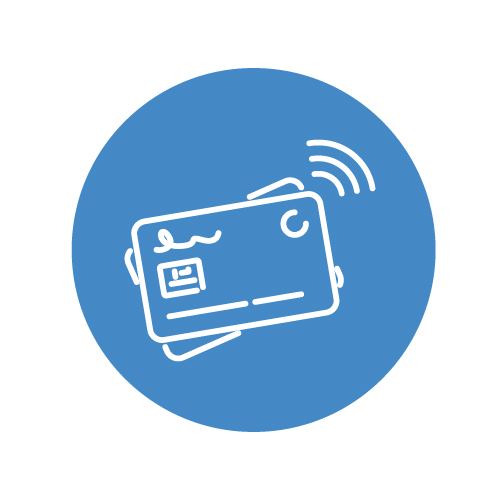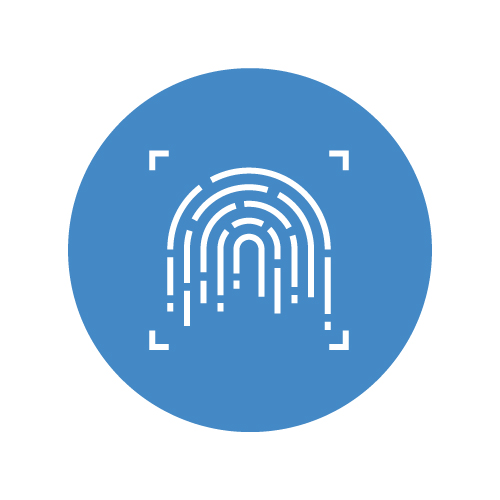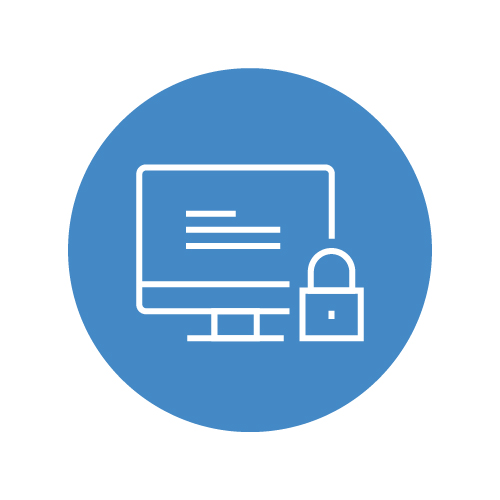Avoid keyboard patterns or personal information. “If I know your spouse or your dog’s name, I have a good chance of guessing your password,” says Padinjaruveetil. He also recommends staying away from patterns like QWERTY, and also “password” since it’s one of the most commonly used passwords.
Bank account and credit card numbers
In the age of online shopping and mobile banking, your bank account and credit card numbers are a vital part of your digital identity—because if that information is compromised, your financial life is put on hold to pick up the pieces.

 Passwords
Passwords
 If you have a recent smartphone, chances are you unlock it using facial recognition or your fingerprint—in other words, biometrics. They are great for convenience and, for the most part, safety—but this doesn’t mean your biometric data is totally untouched by identity theft.
If you have a recent smartphone, chances are you unlock it using facial recognition or your fingerprint—in other words, biometrics. They are great for convenience and, for the most part, safety—but this doesn’t mean your biometric data is totally untouched by identity theft. You’re scrolling through your social media feed when you see an advertisement for something you searched for recently. While you might think that’s a bit odd, it’s quite the opposite—because any activity you do online is being captured and used to provide better services to you, making it a part of your digital identity.
You’re scrolling through your social media feed when you see an advertisement for something you searched for recently. While you might think that’s a bit odd, it’s quite the opposite—because any activity you do online is being captured and used to provide better services to you, making it a part of your digital identity.
 You probably can’t count all of the online accounts you have on your fingers and toes. And for each, you probably have answered a series of security questions to add another level of protection. Like those accounts, the security questions are also a part of your digital identity as they answer questions about who you are, from your mother’s maiden name to your childhood best friend.
You probably can’t count all of the online accounts you have on your fingers and toes. And for each, you probably have answered a series of security questions to add another level of protection. Like those accounts, the security questions are also a part of your digital identity as they answer questions about who you are, from your mother’s maiden name to your childhood best friend.